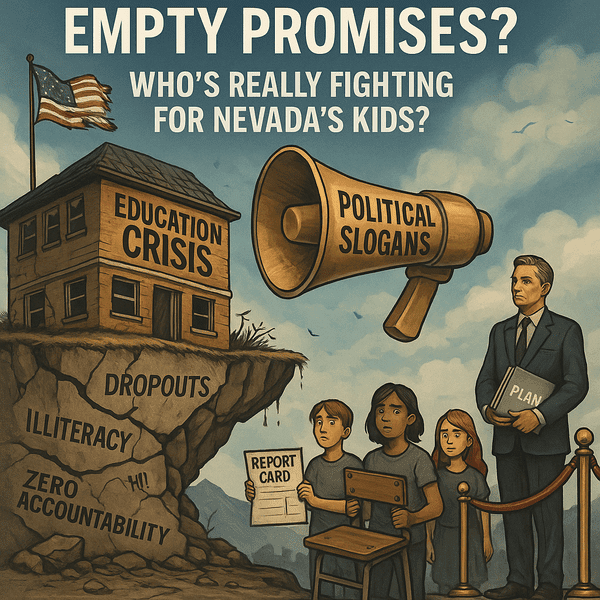Analyzing Governor Joe Lombardo’s Education Plan: A Call for Action
Background on the Critique
Recently, Governor Joe Lombardo’s education initiative has come under scrutiny, particularly following an opinion piece that highlighted its shortcomings. The core of the critique centers around the assertion that the Governor’s plan does not adequately address the underlying issues troubling Nevada’s educational system.
Key Issues Identified
The criticism underscores two main points regarding the deficiencies in Lombardo’s education strategy:
- Lack of Moral Courage: The plan is viewed as lacking the requisite understanding to confront the fundamental problems facing the state’s schools.
- Inept Advisory Knowledge: There are concerns about the qualifications and understanding of those advising the Governor on educational matters.
Dialogue with the Governor’s Team
In an unexpected turn, the Governor’s team reached out for a discussion. Key points from this dialogue included:
- The team inquired if there was willingness to collaborate on educational reforms. The response emphasized cooperation would only occur if foundational concerns were addressed.
- Questions were raised about using the Emergency Powers Act to facilitate necessary changes, but the team confirmed that the Governor was not inclined to pursue this route.
- A counter-proposition was made to halt further critical commentary in favor of the argument that Lombardo’s performance was superior to that of former Governor Sisolak.
Comparative Analysis
Despite past criticisms of Sisolak’s administration, the analysis suggests that there may be little differentiation in educational policy between the two governors. Observations include:
- A consistent lack of engagement with the serious educational challenges impacting students.
- Minimal interest in acquiring a deeper understanding of pressing issues.
- A shared focus on political re-election over substantial educational reform.
Urgent Call for Reform
The discourse raises critical concerns about the extent of educational collapse in Nevada:
- High absenteeism rates and substance abuse among students.
- Long-standing issues of sexual trafficking affecting schools.
- Growing violence and lack of supportive measures for educators facing hostility in the classroom.
- The alarming rates of illiteracy and unpreparedness among graduates entering the workforce.
- A pervasive climate of lawlessness and unsafe conditions within educational institutions.
Conclusion
It is argued that the Governor’s current educational approach prioritizes superficial reforms rather than meaningful, actionable change. To effect real improvement in Nevada’s education system, a shift in strategy and advisory personnel may be necessary. Until then, the challenges facing the state’s schools will likely persist.


